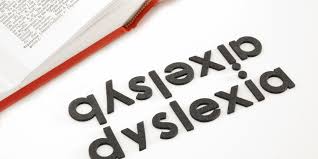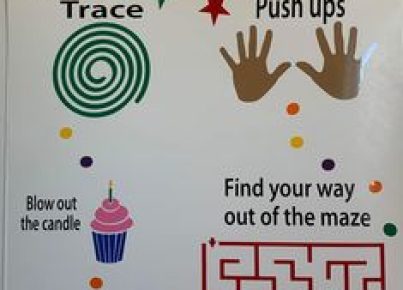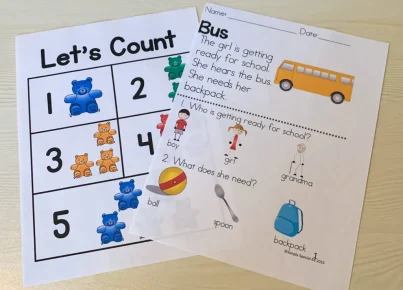Introduction
Dyslexia Games is a revolutionary approach that not only empowers dyslexic learners but also opens up endless possibilities for them to triumph in the world of literacy. This manual will serve as an essential guide in understanding and implementing Dyslexia Games, which aim to provide countless opportunities for dyslexic individuals to thrive.
The Importance of Dyslexia Games
Traditional educational methods often prove challenging for those with dyslexia, limiting their potential and fostering negative views about themselves. Dyslexia Games introduces an innovative strategy that focuses on enhancing their hidden talents while addressing their inherent learning challenges. By embracing their unique learning styles, these games allow dyslexic learners to build confidence and unleash their true potential.
Understanding the Basics of Dyslexia Games
Dyslexia Games revolves around a series of specially crafted puzzles, activities, and exercises designed to target and strengthen specific cognitive skills vital for reading and writing. Each game aims to build on the learner’s strengths while simultaneously diminishing their weaknesses.
Getting Started with Dyslexia Games Manual
1. Assessing the individual: Before diving into the games, it is crucial to understand the learner’s unique strengths, weaknesses, and interests through a thorough assessment. This will help tailor the activities according to their specific needs.
2. Choosing the right level: Dyslexia Games offers various levels suitable for different cognitive abilities and age groups. Ensure that you select the appropriate level according to the learner’s assessment results.
3. Setting up a conducive environment: Create a comfortable space free from distractions to foster a constructive and enjoyable learning experience.
4. Encouraging self-paced learning: Allow the dyslexic learner to progress at their own pace without imposing unnecessary pressure. This will help build self-confidence and self-motivation as they work towards overcoming their difficulties.
5. Monitoring progress: Keep track of the learner’s progress by observing their performance and growth regularly. Take note of any improvements or setbacks, and adapt the activities accordingly.
6. Celebrating achievements: Celebrate every accomplishment, big or small, to inspire continued determination and enthusiasm in the learning process.
7. Working in partnership: Foster a supportive atmosphere by collaborating with educators, therapists, and family members in understanding and implementing Dyslexia Games.
Conclusion
The Dyslexia Games manual equips you with an invaluable resource that empowers dyslexic learners to conquer their learning challenges while celebrating their unique strengths. By adopting this innovative approach, you will soon witness significant improvements in their reading, writing, and overall cognitive abilities. Dyslexia Games has the potential to transform lives and rewrite the narrative on dyslexia once and for all!





